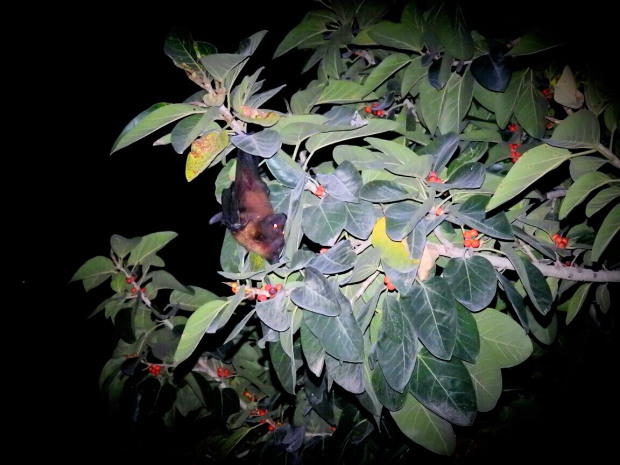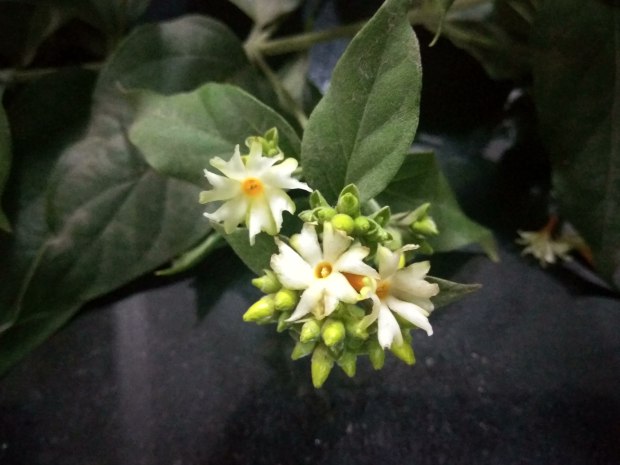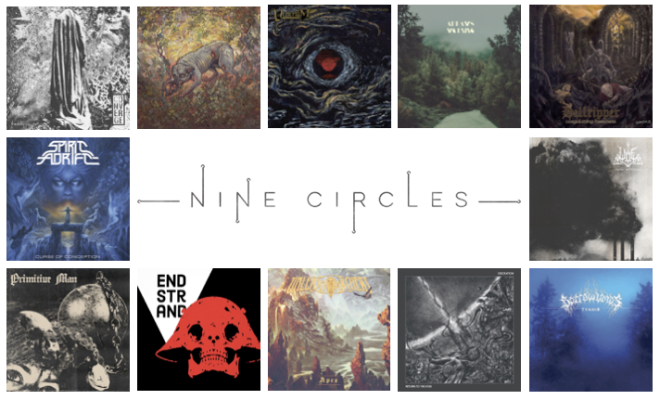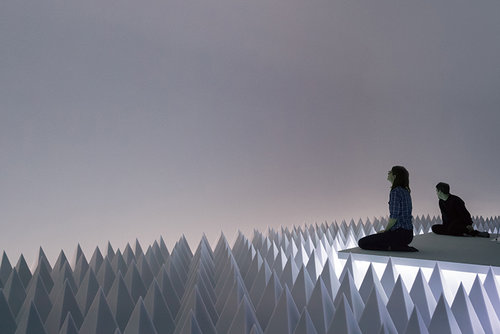By Sonali Chauhan

2016 Night Map Of India (Credits: NASA Earth Observatory images by Joshua Stevens, using Suomi NPP VIIRS data from Miguel Román, NASA’s Goddard Space Flight Center)
Homo sapiens or humans can be termed as the most adaptable species on the planet. We not only adapt to our immediate environment but also modify it like no other species can. Urban ecosystems or cities are an epitome of the extent we can modify a particular space. Satellite images are an easy tool to study the changing physical structure of cities, with the latest addition to this being night maps. In April 2017, NASA released several maps of the Earth at night. These new night maps bear little resemblance to the image of the earth’s surface, but instead look like some galaxy with clusters of nimble stars of different shapes and sizes. According to these maps, from 2012 to 2016, electrification has increased dramatically as a consequence of expanding cities, and the government’s push for electrifying rural areas. While increased electrification sounds like good news to us, it might not be good news for other species of the animal and plant kingdom. Light is an important source of life, and we are increasingly modifying it and disrupting the natural cycle of light with which other species have evolved.
On a late evening in April 2016, I noticed a big group of bats flying around in my University campus, and many roosting on the old Ficus trees within the campus. It was a rare sight to see this large group of bats from such close proximity. This made me realize that I could no longer spot bats in areas where they were once found in abundance. Bats are nocturnal animals that come out mostly after sunset. Even in the most urbanized cities, nature does not sleep at night, and different sets of species wake up in darkness. These nocturnal species contribute a significant part of the global biodiversity. Like bats, several other species are attuned to the cycle of light and darkness, including humans (ever wondered why we cannot sleep under bright light?). Our biological clock is attuned to the cycle of day and night, a biological process known as circadian rhythms. These rhythms are fundamental to the biological processes of almost all living organisms on earth. How then does artificial lighting or disrupting the natural cycle of light affect other ecological communities?

Bats plays an important role in pollination and seed dispersal; streetlights
can hinder their movements (Credit: Amit Kaushik/CUES)
One easy thing to do in order to understand the impact of the anthropogenic night light is to just step outside your house or office space and observe insects bustling around the streetlights. Instead of pollination, breeding, feeding or engaging in other activities that may improve their chances of survival, they are stuck in a “light trap”, eventually dying from exhaustion. These outdoor lights are the most insect-rich habitats in a city. Insects get attracted or disoriented by the bright lights. A human eye can respond to light of wavelength 390 to 700nm, which is the visible spectrum, while other biological communities including insects can respond to light above and below the visible spectra. Each species see light and colours differently because of the different configuration of photoreceptors that convert light into signals that can simulate biological processes.

Nycanthus arbor-tristis is one of the rare plant species that starts flowering
at night (Credit: Sonali Chauhan/CUES)
For plants, light is not only a source of energy but also of information. Light is essential for photosynthesis, flowering, germination and growth. In a recent study, a group of researchers explored the impacts of artificial lighting from vehicle and street lighting on wild plants. They found that plants are dependent on the daily and seasonal variation of natural light. Some of the direct impacts included retention of leaves on deciduous trees in winter, early flowering or suppressed flowering, less number of flower clusters, and a change in timing for bud burst. These changes in the physiology of the plant modify interactions, including pollination, herbivory and seed dispersal. They expose plants to pathogens and enhance environmental challenges that a species would have to overcome in order to survive. Darkness is also important for plants to recover from environmental stresses. In cities, it becomes all the more crucial, especially because of increased levels of pollution.
In animals, anthropogenic sources of light can have deadly effects. Animal behaviours are attuned to different phases of the day for foraging, resting, mating, avoiding predators, activation of reproduction processes, and changes in hormonal levels. Artificial lighting is known to disorient nocturnal species and migratory birds. Species that have evolved to respond to different light conditions may not be able to cope with increasing anthropogenic sources of light. A group of researchers conducted a population-level study on Tammar Wallabies in Western Australia found that night-time anthropogenic sources of the light mask seasonal changes that result in melatonin suppression and delaying births of young ones, thereby putting the survival of wallaby populations at risk. Artificial light also disorients migratory birds that are adapted to travel in the dark sky by taking cues from the natural light of the moon and stars. They tend to wander off their flight path, and each year millions of these winged wonders of nature die when they collide with illuminated buildings, towers and billboards. Similarly, in many coastal cities, baby sea turtles, after hatching, tend to move away from the ocean, and instead head towards the bright lights of the town. Instead of moving towards the ocean where their chances of survival are the greatest, their long tread towards the city may cause them to die either from exhaustion or from their running over by moving vehicles. Artificial lights also impact wetland habitats where nighttime croaking of frogs and toads signal expanding family. This nocturnal habit of croaking gets disrupted by the bright glare of outdoor lights.
It is understandable that we cannot just do away with the lights of the city because of safety concerns. Then, the big question that arises is, how to design lighting solutions in cities that do not have severe consequences on other communities? There is a dearth of data on artificial lighting in Indian cities, the need to conduct research on the ecological implications of artificial illumination is of significant importance. Secondly, the understanding of the subject of light pollution is still not very developed. Creating greener cities does not only mean planting trees but also means a city that is rich in biodiversity. Tackling light pollution may help in achieving this objective, and in ensuring the creation of wildlife sensitive habitats in urban areas.
References:
Bennie, J., Davies, T. W., Cruse, D., & Gaston, K. J. (2016). Ecological effects of artificial light at night on wild plants. Journal of Ecology, 104(3), 611-620.
Robert, K. A., Lesku, J. A., Partecke, J., & Chambers, B. (2015, October). Artificial light at night desynchronizes strictly seasonal reproduction in a wild mammal. In Proc. R. Soc. B(Vol. 282, No. 1816, p. 20151745). The Royal Society.
Van Doren, B. M., Horton, K. G., Dokter, A. M., Klinck, H., Elbin, S. B., & Farnsworth, A. (2017). High-intensity urban light installation dramatically alters nocturnal bird migration. Proceedings of the National Academy of Sciences, 114(42), 11175-11180.
Advertisements Share this:





